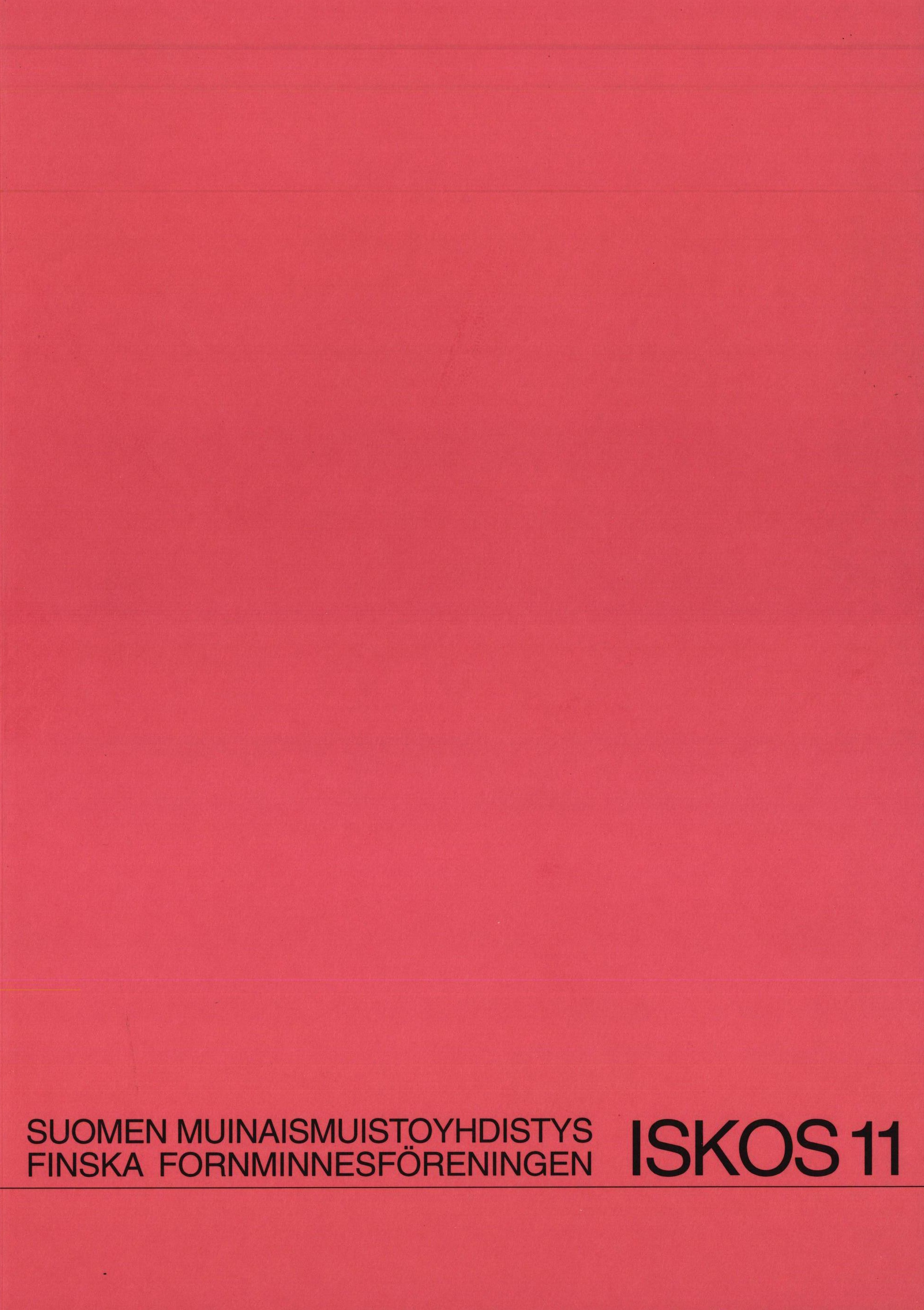Archaeomagnetic intensity in Finland during the last 6400 years: problems in measurement techniques, dating errors or evidences for a non-dipole field
Abstract
Archaeomagnetic intensity in Finland has been determined for the past 6400 years with the Thellier technique of bricks, potsherds and baked clays. The normalized intensity shows an increase from -4360 BC to the maximum at AD 500–AD 900, after which it decreases to the present value. The peak at AD 500–AD 900 is not a consequence of the applied Thellier technique since we are able to reproduce the known field values in the laboratory, and some of the bricks yield values which are in broad agreement with the observatory data. We have shown that variations in grain size of the magnetic carriers, cooling rate, fabrik or magnetic refraction are unlikely to cause systematic errors in intensity larger than ten percent. Previously we have demonstrated that the high intensity at AD 500 in Finland can be modelled by a non-dipole field producing enhanced latitude-normalized values at higher latitudes (Finland) and relatively weaker fields at lower latitudes (Bulgaria), and that extrapolation of the present field (IGRF 1990) back in time shows similar behaviour. However, the new Bulgarian smoothed archaeointensity curve by Daly and Le Goff (1996) shows a maximum in Bulgarian curve at ~AD 630 (i.e., 130 years later than in Finland) and another maximum at AD 950 (i.e., 50 years later than in Finland) , and the new relative intensity data of Finnish lake sediments (Saarinen, 1996) reveals a peak at ~AD 870 corresponding roughly with the second maximum. These new curves are somewhat controversial but they east doubt on the previous datings of the Finnish archaeomagnetic materials of the first millennia AD. Here we show that a better match of the Finnish and Bulgarian intensity data with the Finnish lake sediment data can be obtained if the Finnish ages of the first millennium are slightly younger than previously thought. However, the Finnish intensities are still significantly higher than the coeval Bulgarian intensities so that a non-dipole field enhancement may have also been operative.




